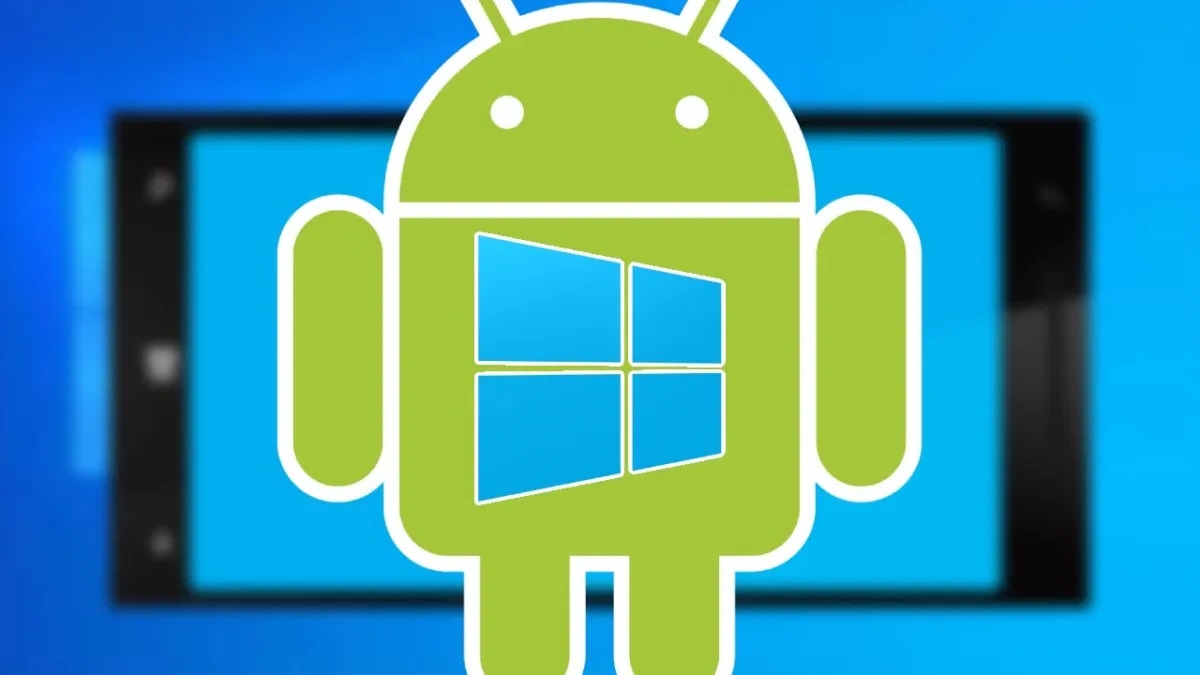
Introduction
Emulators are essential tools in mobile development, allowing developers to test and debug applications without physical devices. Although Windows Phone is no longer a major player, setting up an Android emulator on a Windows machine remains valuable for cross-platform development. This guide outlines the steps and requirements for setting up an Android emulator on a Windows machine.
System Requirements
Ensure your system meets these minimum requirements to run an Android emulator effectively:
- Operating System: 64-bit Windows 10 or higher, including the latest Windows 11 versions.
- RAM: At least 16 GB for smooth performance.
- Disk Space: Minimum of 16 GB free on the system drive.
- Processor: 64-bit Intel or AMD Ryzen CPU with Second Level Address Translation (SLAT) support.
- Graphics Drivers: Updated graphics drivers. Check via Device Manager > Display Adapters > Update Driver.
Enabling Virtualization
Virtualization support is necessary for efficient emulator performance. Follow these steps to enable Hyper-V and the Windows Hypervisor Platform (WHPX):
Check Compatibility
- Open a command prompt.
- Enter
systeminfoto verify hardware and software compatibility with Hyper-V. - Confirm processor support for SLAT.
Enable Hyper-V
- Search for "Windows features" in the search box.
- Scroll to find Hyper-V and Windows Hypervisor Platform, then check both boxes.
- Click OK and restart your computer when prompted.
Verify Hyper-V
- After restarting, open a command prompt.
- Enter
bcdedit /set hypervisorlaunchtype autoto ensure Hyper-V is enabled.
Installing Android Studio
Android Studio is the recommended IDE for developing and testing Android applications. Follow these steps to install it:
Download Android Studio
- Visit the official Android Studio download page.
- Click on "Download Android Studio" and select your operating system.
Install Android Studio
- Run the installer after downloading.
- Follow the prompts to complete the installation.
- Install additional tools like the Android SDK and NDK if prompted.
Set Up SDK Tools
- Open Android Studio.
- Navigate to File > Settings > System Settings > Android SDK.
- Click "SDK Manager" and select the tools and SDK versions you need.
Creating an Android Virtual Device (AVD)
An AVD specifies the Android version and hardware characteristics of the simulated device. Here’s how to create one:
Launch AVD Manager
- Open Android Studio.
- Go to Tools > AVD Manager.
Create a New AVD
- Click "Create Virtual Device."
- Choose a device definition (e.g., Nexus 5X) and an Android version (e.g., API level 31).
- Click "Next" and then "Finish" to create the AVD.
Configure AVD Settings
- Adjust settings like memory size, SD card size, and emulator skin.
- Save your AVD configuration.
Running the Android Emulator
With an AVD created, you can now run the emulator:
Launch Emulator
- Go to Tools > AVD Manager in Android Studio.
- Select the AVD you created.
- Click "Start" to launch the emulator.
Configure Emulator Settings
- Adjust settings like screen resolution, keyboard layout, and network settings.
- Use the
Apply Changesfeature to deploy code and resource changes without rebuilding a new APK.
Advanced Emulator Usage
The Android Emulator offers several advanced features to enhance development:
Multiple Instances
- Run multiple emulator instances by creating multiple AVDs.
- Each AVD functions as an independent device with its own private storage.
Emulator Shortcuts
- Navigate the emulator screen using your computer mouse and keyboard.
- Swipe across the screen by pressing and holding the primary mouse button, then releasing.
Troubleshooting Issues
- Refer to the Android developer guide for troubleshooting known issues.
Alternative Emulator Options
While the Google Android emulator is recommended, other alternatives exist for Windows PCs:
BlueStacks
- BlueStacks allows running Android apps on Windows Mobile devices.
- It may not be as reliable or efficient as the official Google emulator.
Windows Subsystem for Android
- This feature in Windows 11 allows running Android apps directly on a Windows machine.
- It may not simulate all phone-like features and is best suited for running specific apps rather than full-fledged development.
Additional Resources
For more detailed information on setting up and using the Android emulator, refer to the official Android Studio documentation and the Microsoft Learn guide on testing Android applications on Windows.
